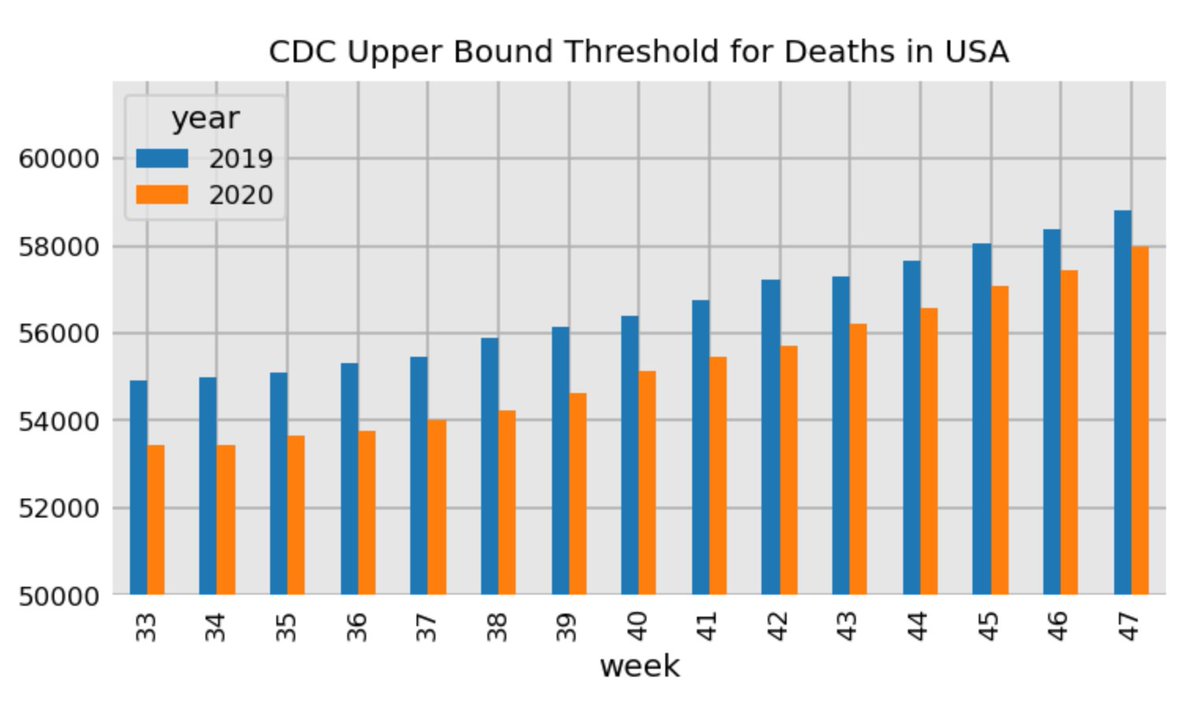
In 2019, Sweden recorded its lowest ever mortality rates for those under 65.
In 2020, women under 65 will record their best ever mortality rates and men their second best ever.
Explanation 👇🏻👇🏻👇🏻
In 2020, women under 65 will record their best ever mortality rates and men their second best ever.
Explanation 👇🏻👇🏻👇🏻
Total deaths for the under 65 population through early dec (men/women)
2019 - 9400 (5700/3700)
2020 - 9700 (6100/3600)
This is not taking into account pop. increase of ~0.5%.
statistikdatabasen.scb.se/pxweb/en/ssd/S…
2019 - 9400 (5700/3700)
2020 - 9700 (6100/3600)
This is not taking into account pop. increase of ~0.5%.
statistikdatabasen.scb.se/pxweb/en/ssd/S…
2019 had the lowest ever mortality rates for all age groups in history and dropped ~5% (huge for one year) from an already record low 2018.
Mortality rates for most age groups (particularly those 45+) have dropped substantially in just the last 5 years. For example, both men and women aged 50-54 have seen mortality rates drop more than 20% since 2015 (from 2.6 per 1000 to 2)
So, after years of substantial decrease in mortality rates, 2020 is looking to be the best ever year for women under 65 and second best for men.
Total deaths will increase about 8000 in Sweden from 2019 to 2020. Nearly all of it has come from the 65+ age group. Data again through early dec
2019 - 72700
2020 - 79700
2019 - 72700
2020 - 79700
While this increase of 10% is significant, the age 65+ population has increased substantially in the past few years.
The mortality rate for 65+ will be around the 2015-2018 average.
The mortality rate for 65+ will be around the 2015-2018 average.
• • •
Missing some Tweet in this thread? You can try to
force a refresh









